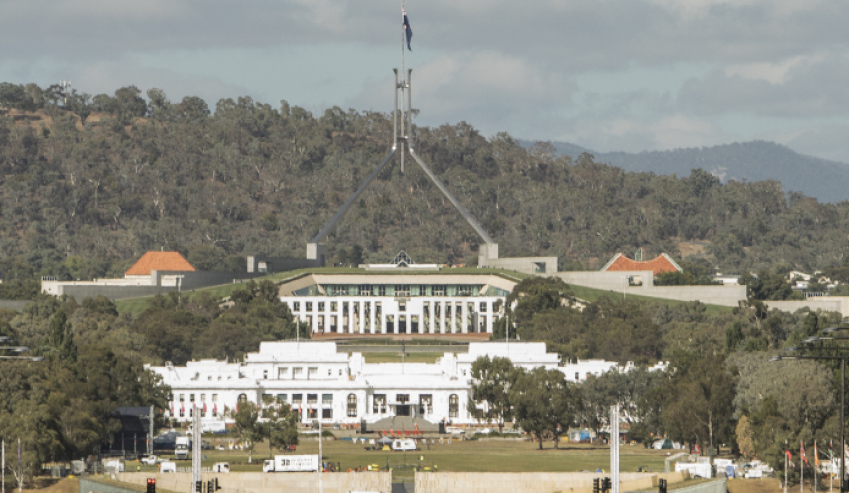Tuesday night’s federal budget delivered no big surprises for Defence with funding rising as forecast, reaching $36.4 billion in 2018-19, up from $34.7 billion in 2017-18.
To continue reading the rest of this article, please log in.
Create free account to get unlimited news articles and more!
No new capital acquisitions were announced.
In a budget featuring tax cuts and other sweeteners designed to get the coalition re-elected next year, the government perhaps decided it would be better to make defence announcements some other time.
What the budget did show was how much would be spent on 30 top procurement projects in 2018-19, giving a clear indication of how Defence spending is flowing into the economy and the community, and also overseas.
The largest is the F-35 Lightning II Joint Strike Fighters, with $1.82 billion forecast spending this year, up from $1.1 billion last year.
Add to that nearly $240 million to upgrade RAAF bases at Williamtown, Curtin, Tindal and Townsville in readiness for F-35 operations. That’s set to exceed $2 billion a year as the RAAF takes delivery of more aircraft.
The first two aircraft will arrive in Australia in December. Currently they and three other RAAF F-35s are part of the international training pool in the US.
Even though new Submarines are well off into the future, $418 million will be spent in 2018-19, up from $319 million in 2017-18.
Future Frigates also make an appearance, even though the government hasn’t decided which of the three contenders will be chosen. A total of $52 million will be spent setting up project offices in Adelaide and overseas, and beginning arrangements for design and engineering works at Osborne shipyard.
The budget papers show $280 million will be spent on the two new Navy replenishment ships, now under construction by Spanish shipbuilder Navantia in its yard in Ferrol, Spain.
As promised, construction will start this year on the first of 12 new offshore patrol vessels, with the budget allocating $274 million of the $3.6 billion project cost towards initial work.
Budget papers also contain a useful summary of expected sustainment costs for equipment in service. Top is Collins submarine ($592 million), Super Hornets and Growlers ($414 million), MRH-90 helicopters ($215 million) and Tiger armed reconnaissance helicopters ($153 million).
The RAAF’s 12 Growlers and 23 Super Hornets – one of which was damaged in a fire in the US – will cost an estimated $414 million to operate in 2018-19.
That’s substantially more than $190 million to sustain the RAAF’s 71 Classic Hornets which are set for withdrawal from December 2021 as F-35s enter service.
Defence Minister Marise Payne said this budget maintained the government’s commitment to provide Defence with a stable and sustainable funding growth path.
“The 2018-19 budget will provide national and economic security while generating thousands of jobs,” she said.
Defence Industry Minister Christopher Pyne said Australian defence industry has the capacity to be an economic and innovation driver as we shift from the post mining construction boom period into a new age of innovation.
“The 2018-19 budget maintains the government‘s commitment to provide Defence with a stable and sustainable funding growth path, with the Defence budget growing to 2 per cent of GDP by 2020-21,” he said.

 Login
Login







